Cutting prefab granite countertops requires precision, patience, and the right tools to ensure a professional finish. Prefab granite countertops are pre-cut and pre-finished pieces of granite that are ready to install, making them a popular choice for homeowners seeking a quicker installation process. However, these pieces often need to be trimmed or adjusted to fit specific spaces, particularly around sinks, stovetops, or irregular wall configurations. The process begins with accurate measurements. Measure the area where the countertop will be installed, ensuring you account for any overhangs, cutouts, or custom shapes. Use these measurements to mark the granite slab accurately, as mistakes at this stage can be costly.
Once you have your measurements, you’ll need the right tools for the job. Essential tools for cutting granite include a circular saw with a diamond blade, a wet saw, a straightedge or guide, clamps, and safety gear such as gloves, goggles, and a dust mask. A diamond blade is necessary because granite is an extremely hard material, and regular saw blades will not be able to cut through it effectively. Safety gear is crucial to protect yourself from flying debris and dust, which can be hazardous when cutting stones.
Setting up a proper workspace is the next critical step. Cutting granite generates a lot of dust and noise, so it’s best to work outside or in a well-ventilated area. Lay the granite slab on a stable, flat surface, and use clamps to secure it in place. This prevents the slab from moving during cutting, which can lead to uneven cuts or accidents. Use a straightedge or guide to mark the cut lines clearly on the granite, ensuring they are straight and accurate.
Before you start cutting, double-check your measurements and markings. It’s better to take a few extra minutes to confirm everything than to make a mistake that could ruin the slab. When you’re ready to cut, fit the diamond blade onto the circular saw or wet saw. If using a circular saw, attach a water feed to the blade or have a helper spray water onto the blade as you cut. The water helps to cool the blade, reduce dust, and prevent the granite from cracking due to heat.

Begin cutting slowly, allowing the saw to do the work. Do not force the blade through the granite, as this can cause chipping or cracking. Maintain a steady pace and keep the saw aligned with your guide or straightedge. If you’re making a large cut, consider cutting halfway through the slab, then flipping it over and finishing the cut from the other side. This technique can help prevent the granite from breaking or chipping at the end of the cut.
After cutting, you might need to smooth the edges of the granite. Use a polishing pad or a diamond-grit sandpaper to round off sharp edges and achieve a polished finish. This step is especially important for areas that will be visible or exposed, as rough edges can be both unsightly and hazardous. Polishing also enhances the overall appearance of the countertop, giving it a professional, finished look.
Once the countertop is cut and polished, it’s time to install it. Ensure the cabinets or base where the countertop will be placed are level and sturdy. Use a level to check for evenness, and make any necessary adjustments before positioning the granite. Apply a bead of silicone caulk or a suitable adhesive to the top edges of the cabinets, then carefully lift and place the granite countertop onto the base. Press down gently to secure it in place.
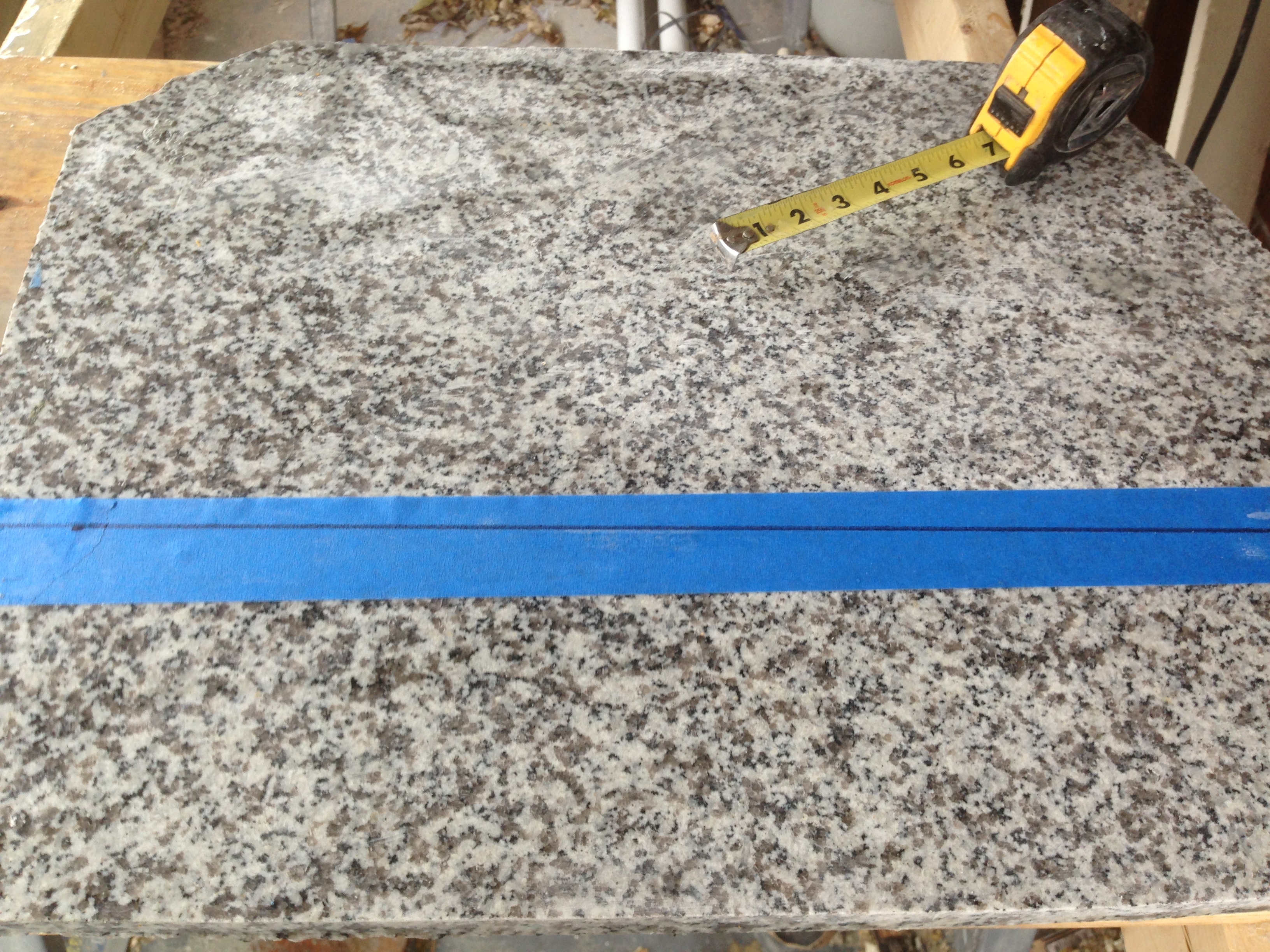
Secure the countertop further by attaching it to the cabinets from underneath. Use brackets or screws, being careful not to overtighten and crack the granite. If your countertop includes cutouts for a sink or stove, ensure these align perfectly with the underlying cabinetry or appliance. After securing the countertop, apply a sealant to protect the granite from stains and moisture. Granite is porous, and sealing it helps to maintain its appearance and durability over time.
Cleaning up after installation is an essential part of the process. Remove any dust, debris, or excess adhesive from the surface and edges of the countertop. Inspect the installation for any gaps or imperfections and address them promptly. Once everything is clean and dry, you can begin using your new granite countertop. Proper care and maintenance will ensure it remains beautiful and functional for many years.
Maintaining a granite countertop involves regular cleaning and periodic resealing. Use a pH-neutral cleaner or a mixture of mild dish soap and water to clean the surface. Avoid harsh chemicals or abrasive cleaners, as they can damage the sealant and the granite itself. Reseal the countertop every one to two years, depending on use and the type of sealant applied. This helps to protect the granite from stains and extends its lifespan.
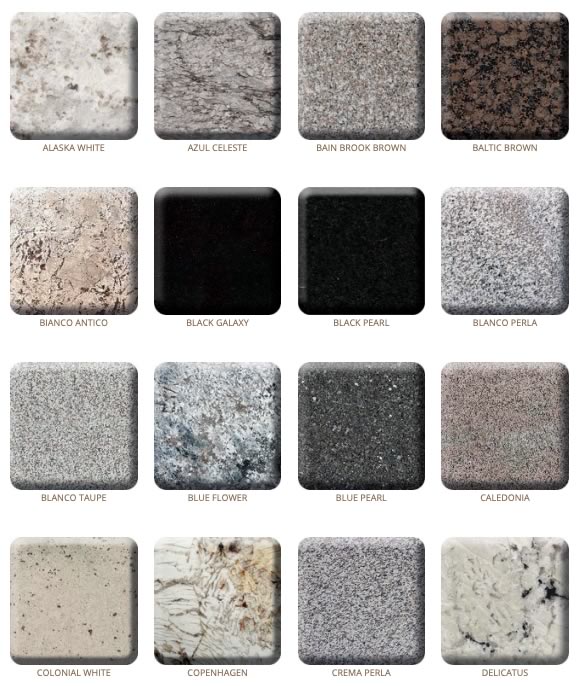
Granite countertops are not only aesthetically pleasing but also highly durable. They are resistant to heat and scratches, making them ideal for kitchens and bathrooms. However, it’s essential to use cutting boards and trivets to protect the surface from potential damage. Even though granite is hard, it can still be damaged by heavy impacts or sharp objects. Regular maintenance and proper care will keep your countertop looking new for many years.
Cutting and installing a prefab granite countertop can be a rewarding DIY project, but it requires precision and the right tools. If you’re unsure about any part of the process, consider hiring a professional. Experienced installers have the expertise and equipment to handle granite safely and efficiently. Whether you do it yourself or hire a professional, the result will be a stunning and functional addition to your home.

Common Mistakes to Avoid
When cutting prefab granite countertops, several common mistakes can lead to costly errors or damage to the material. One of the most frequent mistakes is improper measurement. Failing to measure accurately can result in cuts that are too short, too long, or uneven, making it impossible to fit the countertop correctly. Always double-check your measurements before making any cuts. Another common error is using the wrong type of blade. Granite requires a diamond blade to cut effectively. Using a standard saw blade can result in a ruined blade and a damaged granite slab.
Insufficient support for the granite slab during cutting is another mistake to avoid. Without proper support, the slab can shift, leading to uneven cuts or even causing the granite to crack. Always use clamps to secure the slab and a stable, flat surface to work on. Additionally, some DIYers make the mistake of not using water when cutting. Water is crucial for cooling the blade and reducing dust, which helps to prevent cracks and chips in the granite. Lastly, rushing the cutting process can lead to poor results. Take your time, follow each step carefully, and ensure each cut is precise and controlled.

What tools are essential for cutting prefab granite countertops?
To cut prefab granite countertops, you will need several essential tools. A circular saw or wet saw equipped with a diamond blade is crucial for making precise cuts. The diamond blade is necessary because granite is extremely hard and requires a durable blade to cut through it efficiently. Additionally, you will need clamps to secure the granite slab, a straightedge or guide to ensure straight cuts, and safety gear including gloves, goggles, and a dust mask to protect yourself from debris and dust. Having a water source to cool the blade and reduce dust is also important, whether it’s a built-in feature on the saw or a helper spraying water as you cut.
How do I ensure accurate measurements before cutting?
Accurate measurements are critical to ensure your granite countertop fits perfectly. Start by measuring the area where the countertop will be installed, including any overhangs, cutouts, or custom shapes. Use a tape measure to take precise measurements and write them down. Transfer these measurements to the granite slab, marking the cut lines clearly with a pencil or marker. Double-check your measurements and markings before cutting to avoid costly mistakes. It’s also helpful to use a straightedge or guide to ensure your cut lines are straight and accurate.
Can I cut granite countertops indoors?
While it is possible to cut granite countertops indoors, it is generally not recommended due to the amount of dust and noise generated during the cutting process. Cutting granite produces a significant amount of fine dust that can be harmful to breathe and difficult to clean up. If you must cut granite indoors, ensure the area is well-ventilated, use dust control methods such as a vacuum or water spray, and wear appropriate safety gear including a dust mask. Ideally, set up a workspace outdoors or in a well-ventilated area like a garage to minimize dust and noise issues.
How do I smooth the edges of a cut granite countertop?
After cutting a granite countertop, smoothing the edges is essential for both aesthetic and safety reasons. Use a polishing pad or diamond-grit sandpaper to sand down the rough edges. Start with a coarse grit to remove larger imperfections, then progress to finer grits to achieve a smooth, polished finish. You can use a hand-held polishing tool or a grinder with a polishing pad attachment. Work slowly and evenly to avoid creating uneven spots or scratches. Polishing the edges enhances the overall appearance of the countertop and prevents any rough, sharp edges that could be hazardous.
How often should I reseal my granite countertop?
Granite countertops should be resealed every one to two years to maintain their resistance to stains and moisture. The frequency of resealing can depend on the type of sealant used and the level of use the countertop receives. To test if your countertop needs resealing, sprinkle a few drops of water on the surface. If the water beads up, the seal is still intact. If the water soaks into the granite and darkens it, it’s time to reseal. Resealing is a straightforward process that involves cleaning the countertop thoroughly, applying the sealant according to the manufacturer’s instructions, and allowing it to dry completely before using the countertop again. Regular resealing helps to protect the granite and extend its lifespan.
How to Save Money With Prefabricated Granite Countertops
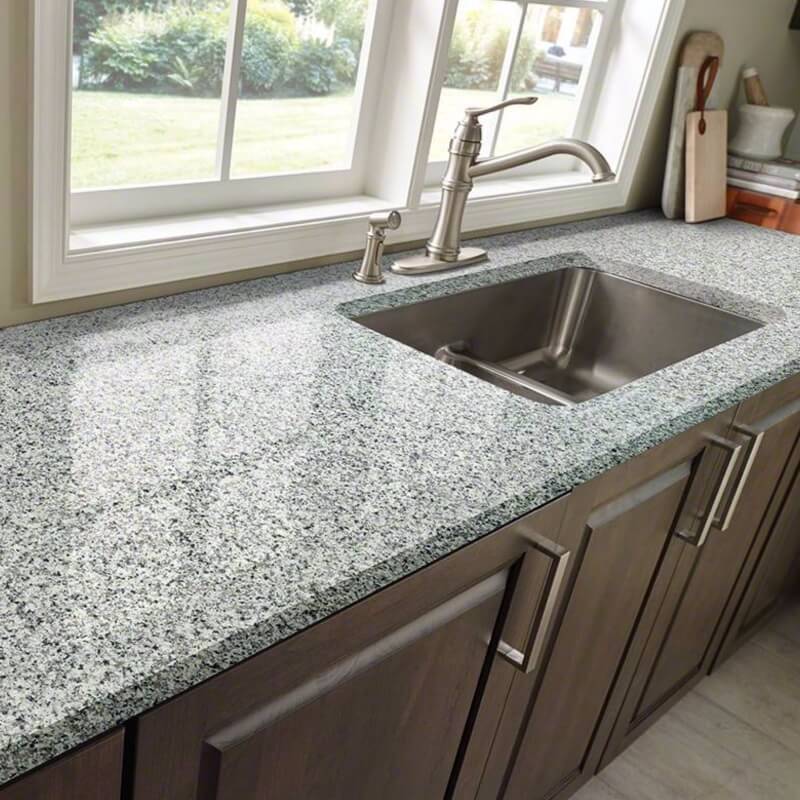
Fabulous Prefab Granite Countertops: Your Questions Answered
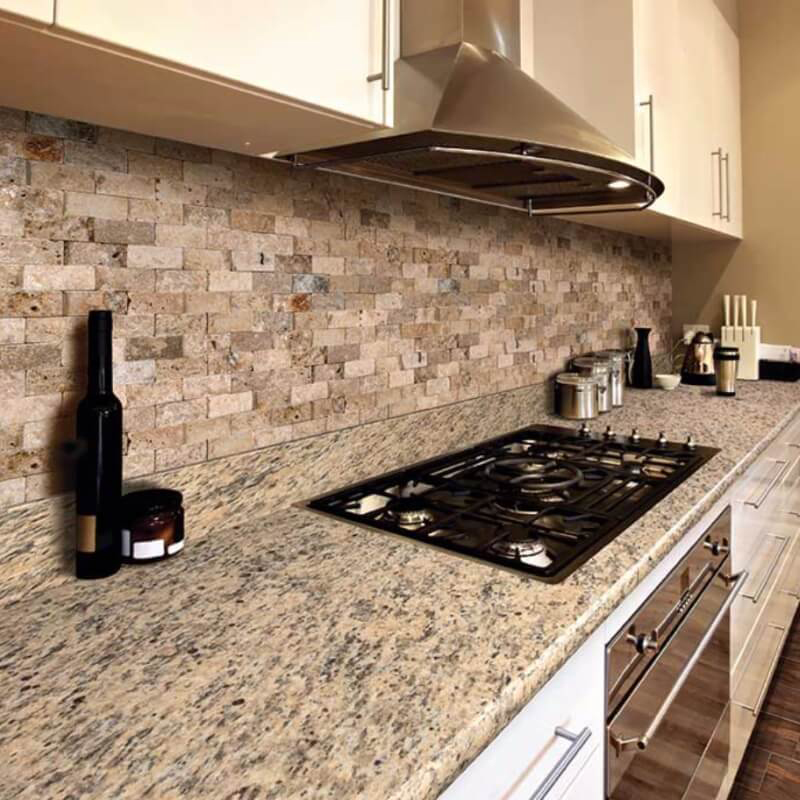
Granite Countertops: Slab Vs. Prefab u2014 The Edge Countertops
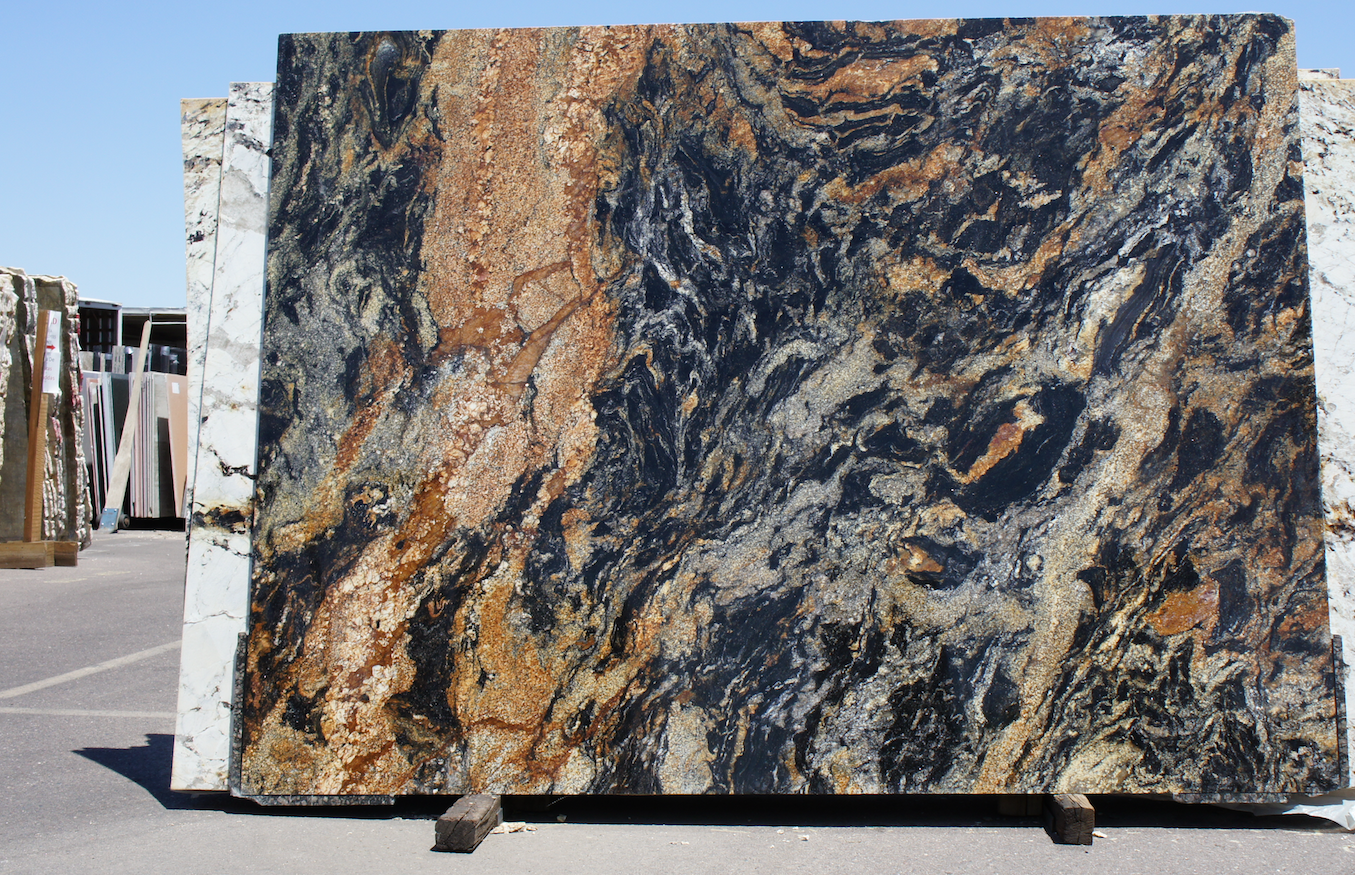
How We DIYu0027d Our Way to Real Granite Countertops

Related articles:
- Granite Countertops Cost
- Chipped Granite Countertop Repair
- White Granite Countertops
- Granite Countertop Overlay
- Stains On Granite Countertops
- Black Pearl Granite Countertops
- Black Matte Granite Countertop
- Black Granite Kitchen Countertops
- Cutting Granite Countertops DIY
- Gray Granite Countertops
Introduction
Cutting prefabricated granite countertops is a popular choice for many homeowners who are looking to install a stunning countertop with minimal effort. Prefab granite countertops have become increasingly popular due to their affordability and convenience. With the right tools and knowledge, you can easily cut and install your own prefabricated granite countertops. This article will provide you with all the information you need to know about cutting and installing prefabricated granite countertops.
Features of Prefab Granite Countertops
Prefabricated granite countertops provide a beautiful, durable, and stylish countertop solution for your kitchen or bathroom. These countertops are made from natural stone, making them incredibly strong and resistant to scratches, heat, and stains. The natural stone is available in a variety of colors, textures, and patterns, making it easy to find the perfect match for your home. Additionally, prefabricated granite countertops come pre-cut, so you don’t have to worry about cutting them yourself.
Benefits of Prefab Granite Countertops
One of the main benefits of prefabricated granite countertops is the ease of installation. Because they come pre-cut, they are much easier to install than other types of countertops that require a lot more work to fit. Additionally, these countertops are incredibly strong and durable, making them an excellent choice for high-traffic areas like kitchens and bathrooms. They are also resistant to scratches, stains, and heat, ensuring they will last for years to come.
Pros and Cons of Prefab Granite Countertops
Prefabricated granite countertops offer many advantages over other types of countertop materials. They are easy to install, durable, and resistant to scratches, stains, and heat which makes them ideal for any kitchen or bathroom. Additionally, they come in a variety of colors, textures, and patterns which makes it easy to find the perfect match for your home. However, one disadvantage is that they can be expensive when compared to other types of countertop materials.
Installation of Prefab Granite Countertops
Installing prefabricated granite countertops is relatively simple and straightforward. To begin, you will need to measure the area where the countertop will be installed and then mark the area using a pencil or marker. Once you have marked the area where the countertop will go, you can then place the countertop into position and secure it with adhesive or screws. Finally, you can use a sealant to protect the surface of your countertop from damage or staining.
Care and Maintenance of Prefab Granite Countertops
To keep your prefabricated granite countertop looking its best for years to come, regular care and maintenance is necessary. It’s important to clean up spills immediately as spilled liquids can stain the surface of your countertop if left for too long. To clean your prefabricated granite countertop surface, use a mild detergent mixed with warm water and then rinse off with clean water. Additionally, it is important to seal your prefabricated granite countertop regularly in order to protect it from staining or damage caused by water or oil-based liquids.
Where To Buy Prefab Granite Countertops
Prefabricated granite countertops can be found at most home improvement stores such as Home Depot or Lowes as well as online stores such as Amazon or Wayfair. When shopping for a prefabricated granite countertop it is important to take into consideration size and color as these factors can affect the price significantly. Additionally, make sure that you read customer reviews before purchasing so that you can ensure that you are getting a quality product that will last you for years to come.